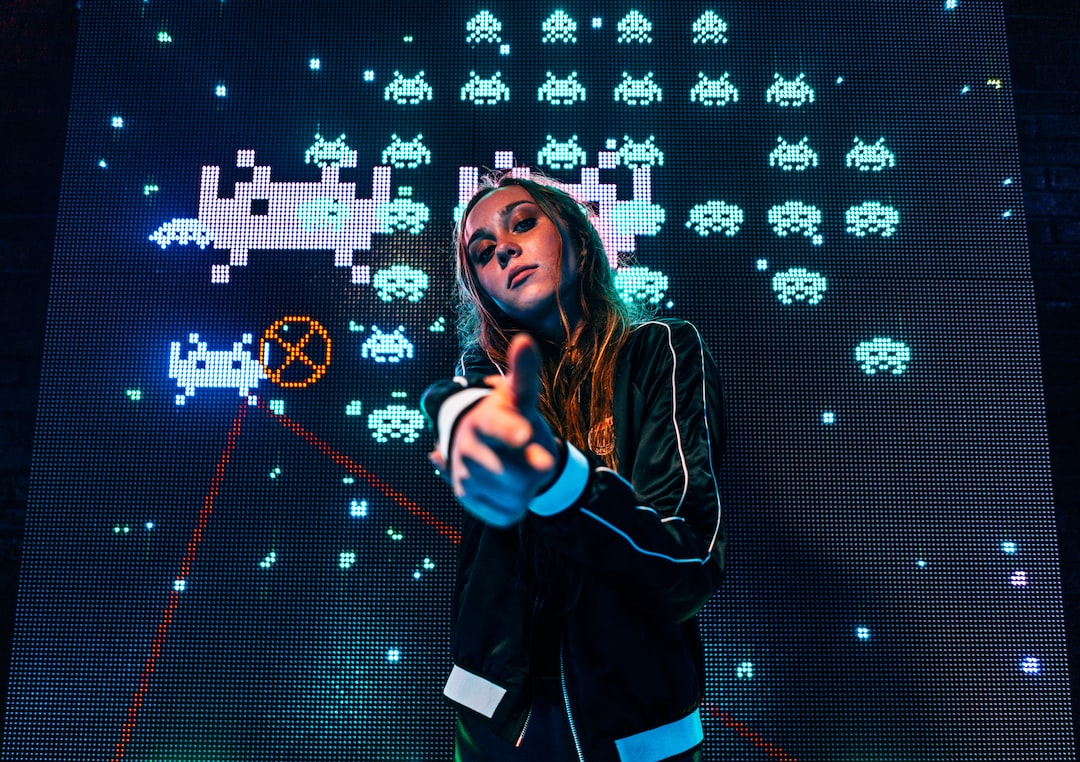Gaming has become a popular activity among young and old alike. It is no longer seen as a mere pastime but a source of learning and development. One of the most significant benefits of gaming is its role in developing hand-eye coordination. Hand-eye coordination is the ability to use the eyes to guide movements of the hands and body. This skill is essential to everyday activities such as driving, cooking, and sports. It is also vital to many occupations that require the use of a computer or other electronic devices.
Gaming requires a precise use of the hands, fingers, and eyes to interact with the game’s virtual world. Players must move their hands and fingers quickly and accurately while keeping a close eye on the game’s action. All this rapid movement and reaction require well-developed hand-eye coordination. Playing video games can enhance hand-eye coordination skills by challenging the player to focus on multiple moving objects simultaneously while performing complex actions.
The mechanics of most video games are designed to develop hand-eye coordination. Players must master the controls of the game, which usually involves complex button combinations, triggers, and joysticks. These controls require coordination between the hands, eyes, and brain. Players must react quickly to the on-screen action and make split-second decisions, honing their hand-eye coordination. Many video games also require the player to move the camera around, which requires steady and accurate hand movement. This type of gaming helps in improving the player’s dexterity and precision.
In recent years, the rise of virtual reality gaming has added a new level of challenge to hand-eye coordination development. Virtual reality gaming immerses the player in a 3D environment, where they must interact with objects and characters in the game. The user must move and turn their head to control the camera, adding another layer of complexity. The user’s hand movements are also tracked and used in the game, requiring the player to develop precise hand-eye coordination. Virtual reality gaming is an exciting and engaging way to develop hand-eye coordination skills.
Gaming has become a tool for training and rehabilitation for people with impaired hand-eye coordination. Many people with conditions such as dyslexia, ADHD, and autism have difficulty with hand-eye coordination. Gaming therapy utilizes video games to help improve hand-eye coordination, attention, and focus. Gaming therapy is effective because it is engaging, challenging, and fun, allowing the player to develop coordination skills unconsciously.
In conclusion, gaming is a fun and effective way to improve hand-eye coordination. Video games challenge players to perform complex actions while keeping track of multiple moving objects, honing the vital skill of hand-eye coordination. Virtual reality gaming adds an extra layer of challenge, immersing the player in a 3D environment and tracking their movements to improve precision. Gaming therapy is also a growing field, using video games to rehabilitate and improve hand-eye coordination in those with impaired functioning. So, next time someone tells you that playing video games is a waste of time, remind them that it is developing your hand-eye coordination skills.

